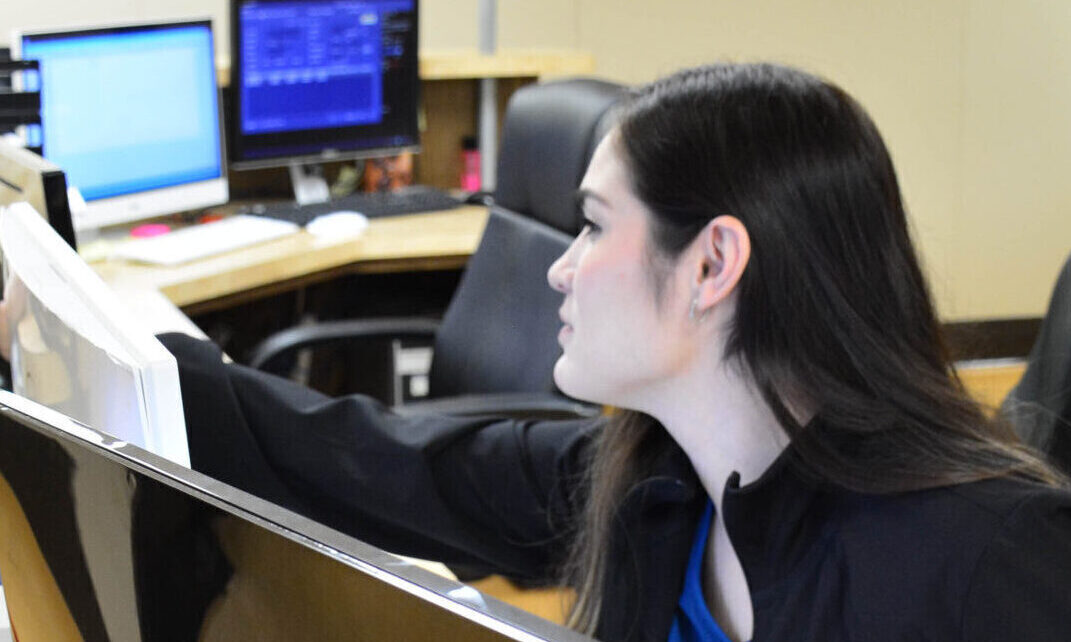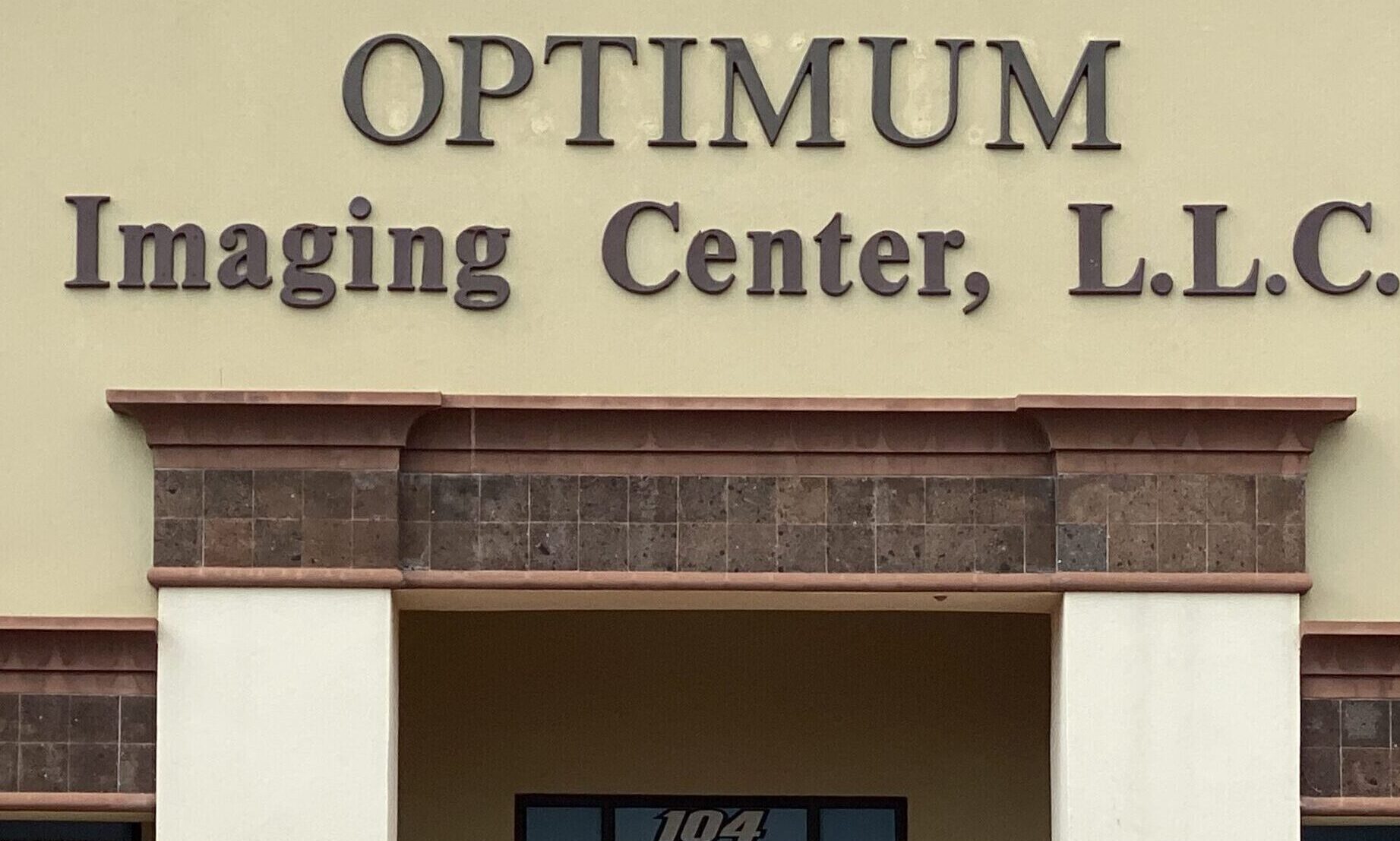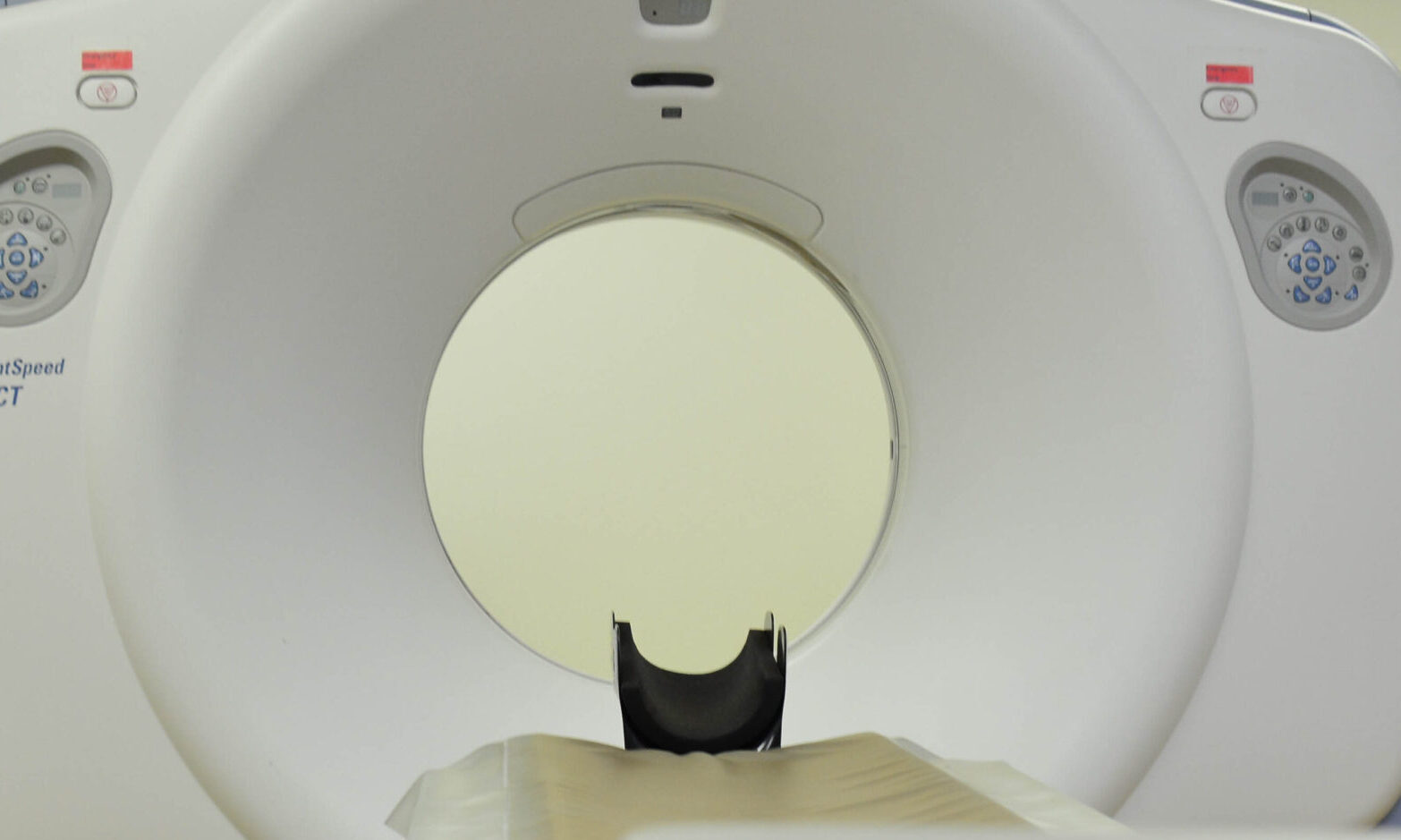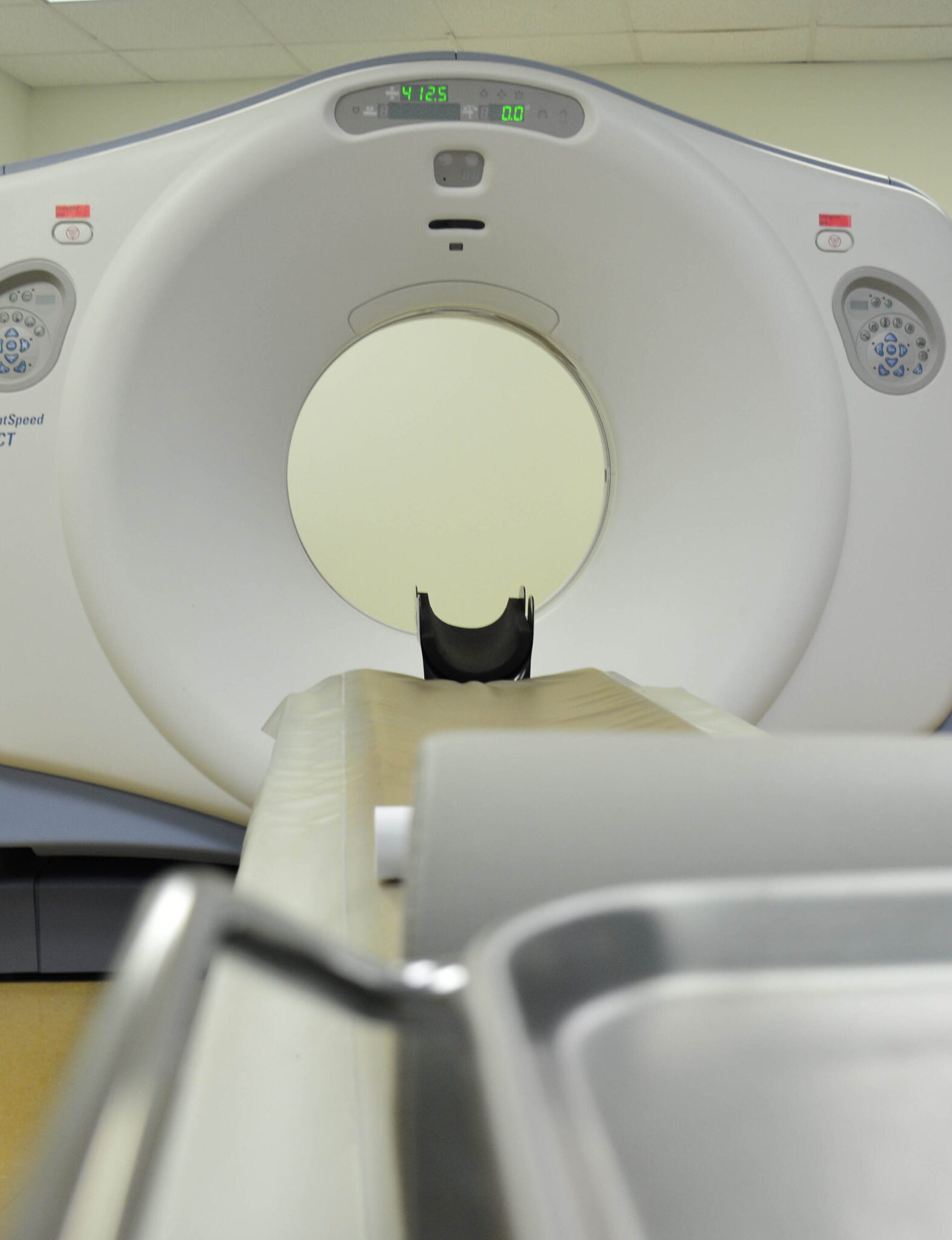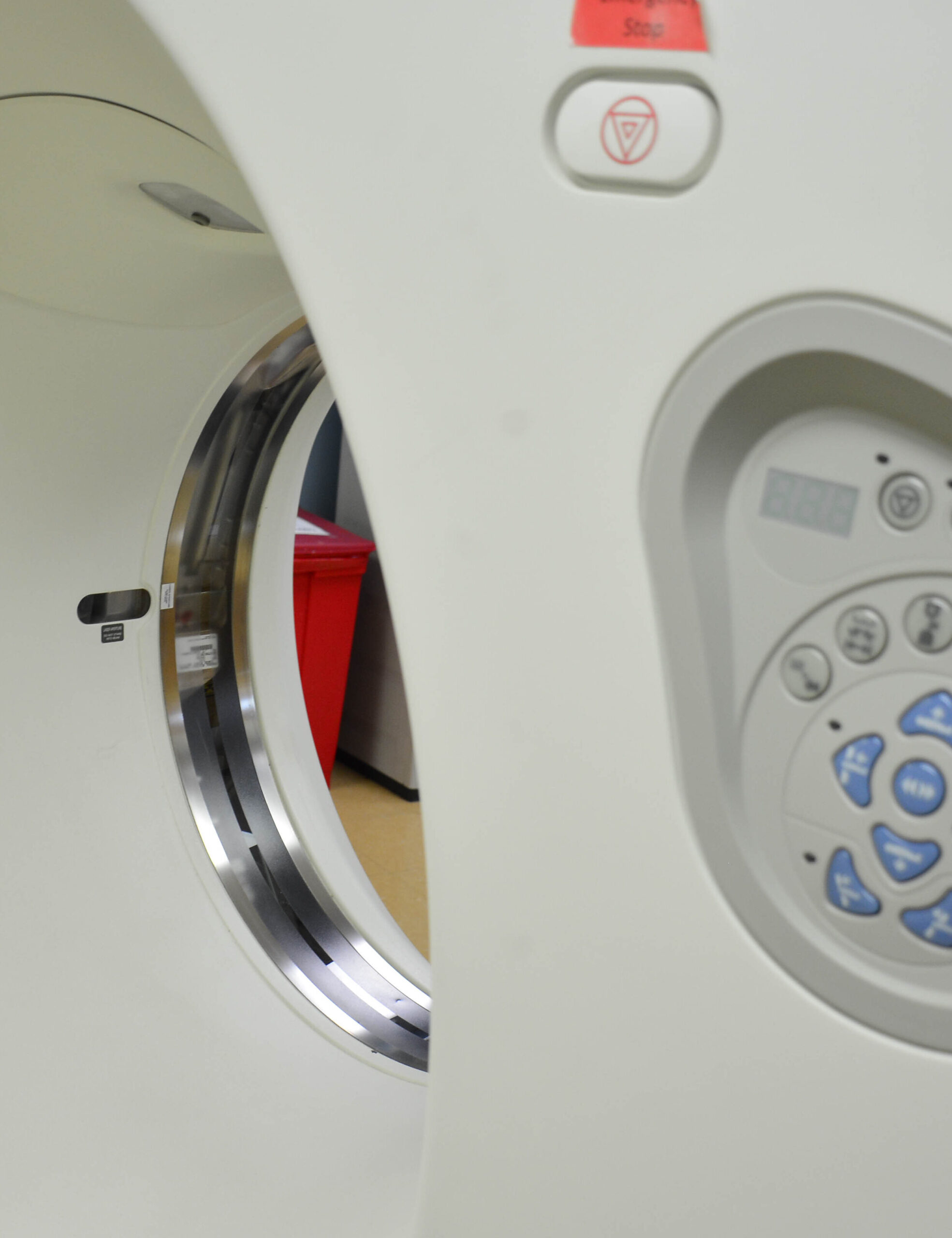WHAT IS A CT OR CTA?
Computed tomography (CT) imaging provides doctors with in-depth information that is used to guide treatment and monitor various conditions.
Computed tomography angiography (CTA) combines a CT scan with a special dye or contrast material to produce pictures of blood vessels and tissues in a section of your body.
 Request An Appointment
Request An Appointment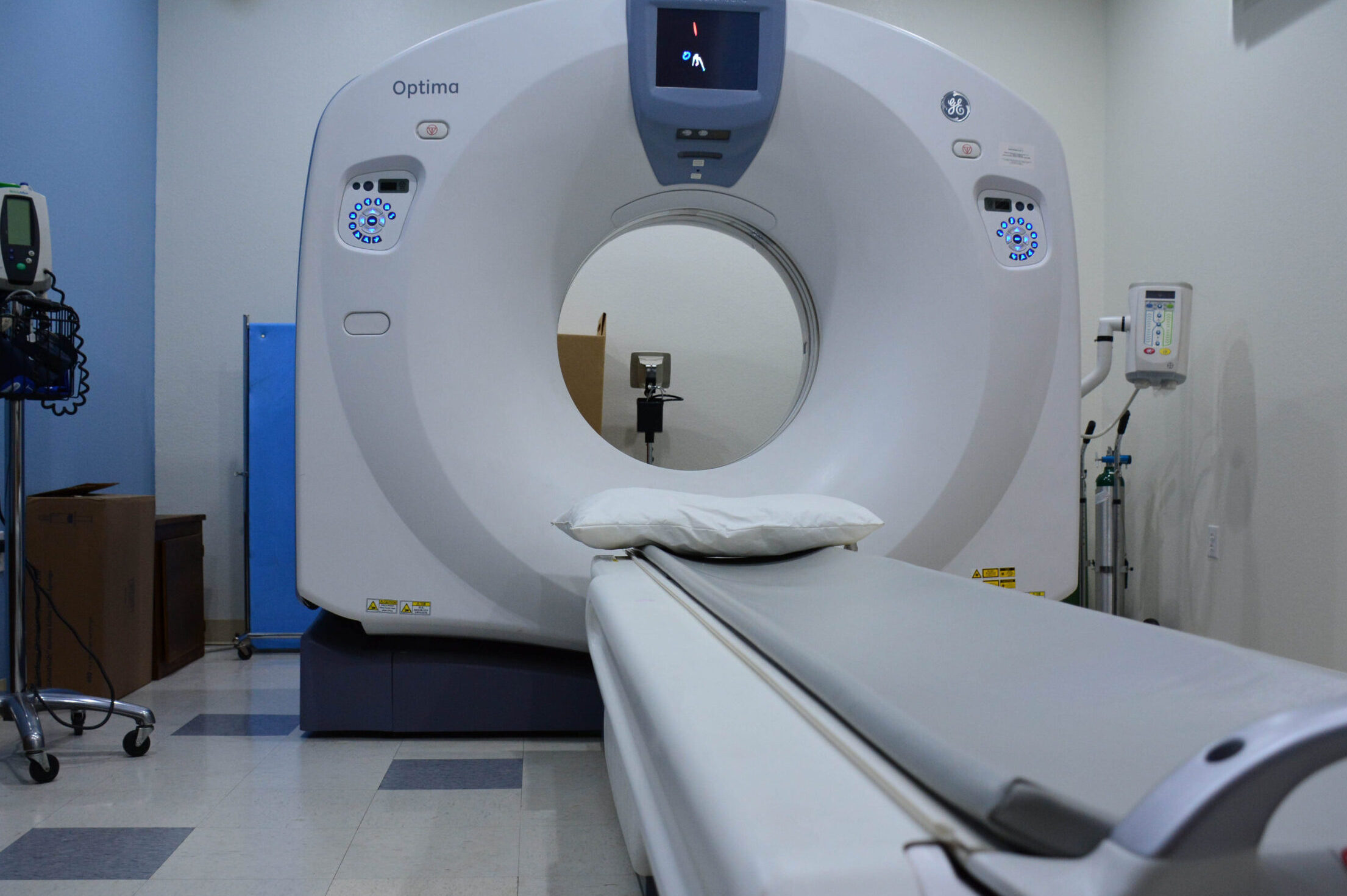
COMPUTED TOMOGRAPHY (CT)
Your doctor may order a CT scan to confirm a suspected diagnosis or pinpoint the cause of symptoms. Doctors use CT scans to help visualize or determine the source of:
-Acute symptoms, such as shortness of breath or chest pain
-Blood clots or infections
-Delicate fractures in the hands, feet, and spine
-Injuries related to trauma, such as a car accident
-Issues with brain function
Doctors also use CT imaging to help with the diagnosis of medical conditions in children, including congenital heart or kidney malformations, and more common conditions, such as appendicitis.
While doctors most commonly order a CT scan as a diagnostic tool, they also use CT scans to help guide biopsies (removing tissue samples for analysis), plan for surgical procedures and measure bone mineral density.
COMPUTED TOMOGRAPHY ANGIOGRAPHY (CTA)
Angiography is a minimally invasive medical test that helps physicians diagnose and treat medical conditions. Angiography uses one of three imaging technologies and, in most cases, a contrast material injection is needed to produce pictures of blood vessels in the body.
-Angiography is performed using:
-X-rays with catheters
-Computed tomography (CT)
-Magnetic resonance imaging (MRI)
CT angiography uses a CT scanner to produce detailed images of both blood vessels and tissues in various parts of the body. An iodine-rich contrast material (dye) is usually injected through a small catheter placed in a vein of the arm. A CT scan is then performed while the contrast flows through the blood vessels to the various organs of the body. After scanning, the images will be processed using a special computer and software and reviewed in different planes and projections.
Get an CT/CTA at Optimum Imaging TODAY!
CT/CTA Frequently Asked Questions
What happens during a CT/CTA scan?
An Optimum Medical Imaging technologist will greet you and guide you to lie down on the CT scanner table. In some cases, we may first administer a contrast dye, which helps illuminate blood vessels and other parts of the body.
The table you lie on will slide in and out of the scanner during the scan.
How should I prepare for a CT/CTA scan?
As you prepare for your CT scan, choose comfortable, loose-fitting clothing for your appointment and leave metal objects, such as jewelry, at home whenever possible. Before entering the CT scanner, remove eyeglasses, dentures, and other devices, such as hearing aids, if they contain metal.
Is a CT/CTA Scan Safe?
CT/CTA scans have numerous benefits that outweigh any potential risks. During a CT/CTA scan, you’re briefly exposed to ionizing radiation. CT/CTA scans utilize the lowest possible dose of radiation to obtain the necessary medical information. The low doses of radiation used in CT/CTA scans have not been shown to cause long-term harm. Additionally, Touchstone utilizes the latest technology and imaging techniques, which require less radiation than older machines.
How quickly will be doctor have the results?
Once your CT/CTA scan is completed, our radiologists will interpret the images and create a diagnostic report for your medical provider. Your physician’s office will typically receive the report a few days after your imaging scan.
Choose accurate imaging and convenient service with Optimum Imaging
At Optimum Imaging Center, we understand the importance of accurate and timely diagnostic imaging in your healthcare journey. When you choose us, you’re choosing excellence in patient care, cutting-edge technology, and a commitment to your well-being.
Trust us with your imaging needs, and experience the difference firsthand. Your health is our priority, and we’re here to serve you.
